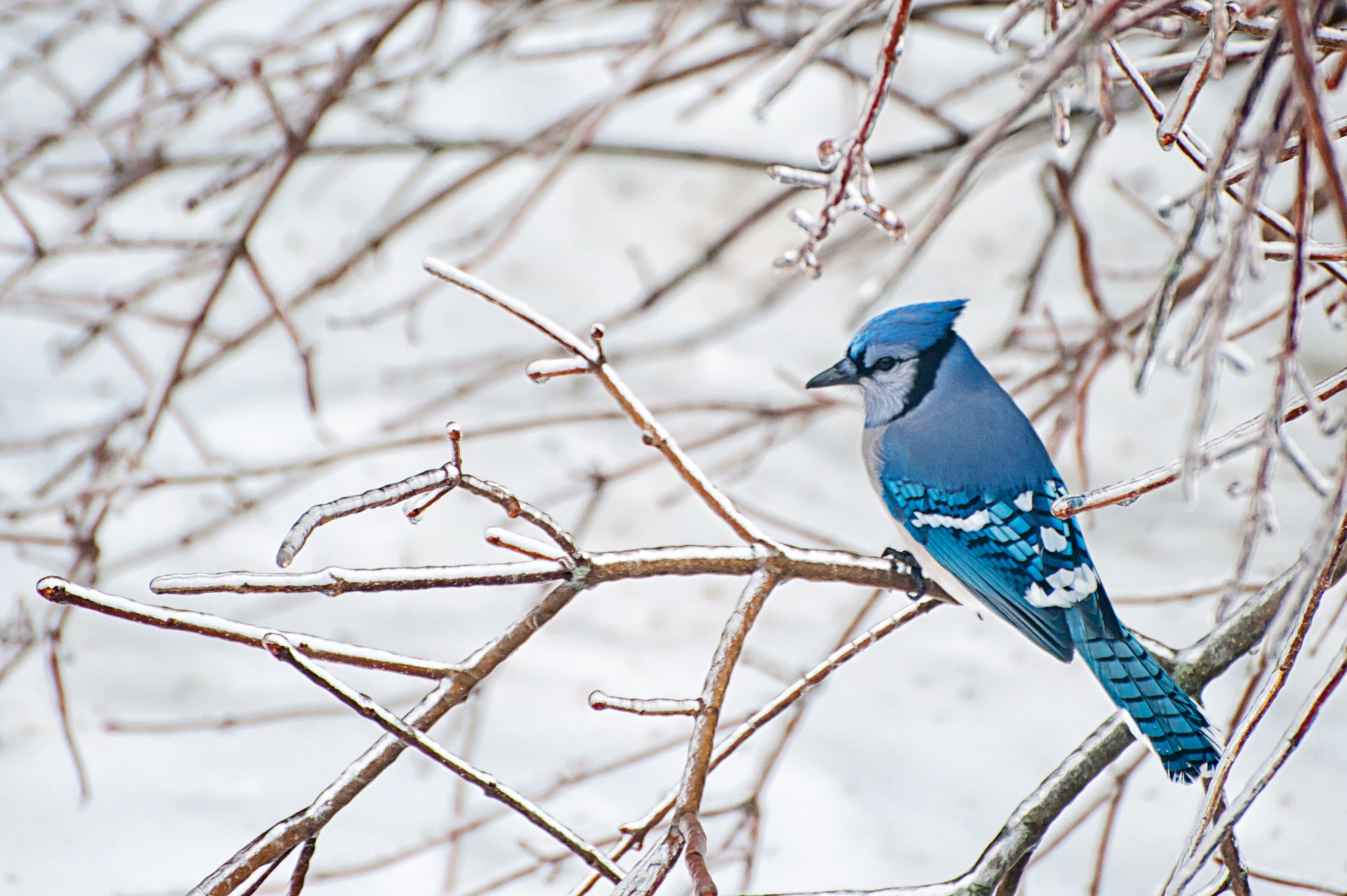
Posted November 1st 2021
What About the Birds that Don’t Migrate?
Migration is a natural phenomenon that continues to inspire and delight researchers, bird watchers and individuals of all ages. However, what happens to the birds that don’t migrate, and what do they do during winter? At Feather Friendly, we recognize that both local and migrating birds make important contributions to not only our environment, but also our economy, too.
So, to learn more about why some birds forgo migration, and what we can do to keep our homes and cities bird-friendly for local birds, we’re examining which North American bird species that stay close to home.
Why Some Bird Species Don’t Migrate
When you think of migration, what comes to mind? Is it a distant “V” formation of geese? Or perhaps it’s the arrival of songbirds in spring. Or maybe you've noticed that some birds stick around all year long. But why do some birds migrate while others stay put? Well, although migration is a complex phenomenon, scientists agree that avian migration is closely linked to resource availability and climate, which triggers some species to head South while other can stay North. Therefore, we see species like the Ruby-Throated Hummingbird in the summer months and not during the winter. And while some birds, like the Ruby-throated Hummingbird, will travel thousands of miles multiple times a year, there are plenty of species that spend their winters at home!
The North American birds that don’t migrate, like sparrows, blue jays, and cardinals are, according to All About Birds, called “permanent residents,” because of their ability to forage for food, and find shelter, all 365 days of the year. Here are a few feathered friends that you can see in your yard this winter:
- Black-capped Chickadees: Adorable and acrobatic, these little birds are a fixture in wooded areas, feeders, and among other species, too. Despite their small size, chickadees have an amazingly complex calls, and are known to collect and store their food in a variety of locations!
- Downy Woodpeckers: As a year-round forager, the downy woodpecker frequents a variety of areas, including residential communities, wooded areas and more. During winter, male and female woodpeckers will split off to separate locations to search for food.
- Northern Cardinals: Familiar yet eye-catching, the bright-red plumage on both male and female cardinals makes for a wonderful winter sight! Unlike most female songbirds, female cardinals do sing, and the distinct call of a cardinal can be heard in summer and winter alike.
How to Protect Local Bird Species
Although migration poses numerous risks for migrating birds, local species are still under threat of window collisions, habitat loss and predators. In fact, studies have shown that human-centric environments have had a profound effect on not only bird habitats, but also bird behaviors, too.
Here’s how you can help local bird species this winter:
- Install bird deterrent markers: Although Feather Friendly® is designed to be installed in temperatures above 10°C., purchasing your DIY kit early in the season can help you protect birds from deadly windows collisions all year long.
- Lights Out for the Birds! Modern conveniences like lights, cars and more have not only shaped human life, but also wildlife, too. To protect bird species from the effects of light and noise pollution, practice turning out your lights when not in use.
- Feed the Birds: Support your avian neighbours by providing species-specific food in your feeder. Because certain birds are attracted to specific feeders and food, it’s important to do your research to ensure that the backyard birds stay safe and healthy.
Make Every Winter Feather Friendly® by Supporting Local Birds
Both local and migratory birds need our help to prevent needless bird collisions on the road and in our backyards. Despite their status as permanent residents, local bird species are also in danger of getting injured, or killed, during window collisions. So, this winter, we urge you to keep your feathered friends in mind by purchasing a DIY kit or contacting us to discuss commercial bird deterrent marker options.
Partners
We are honoured to form partnerships with organizations who demonstrate
an ongoing commitment to bird conservation.



